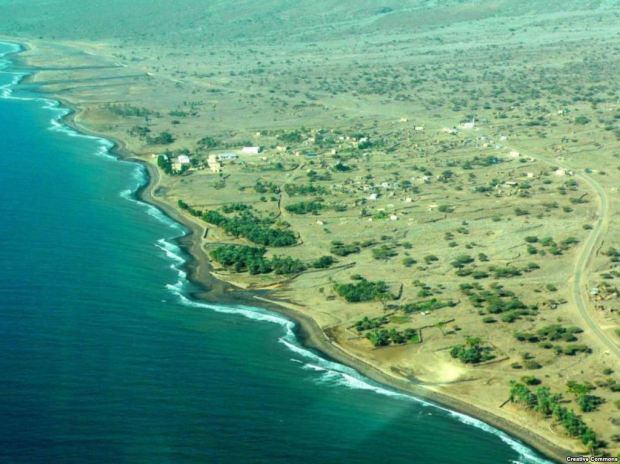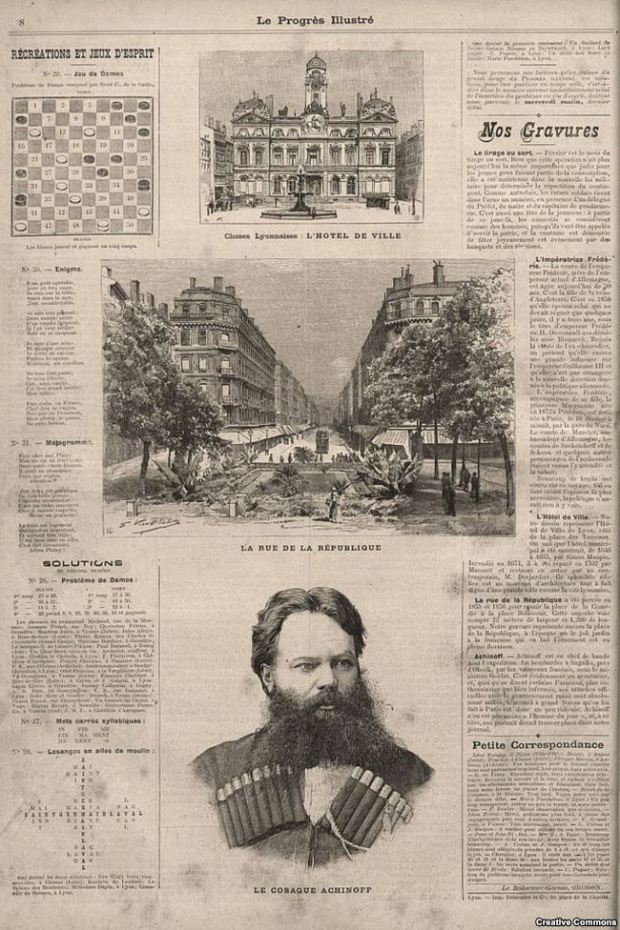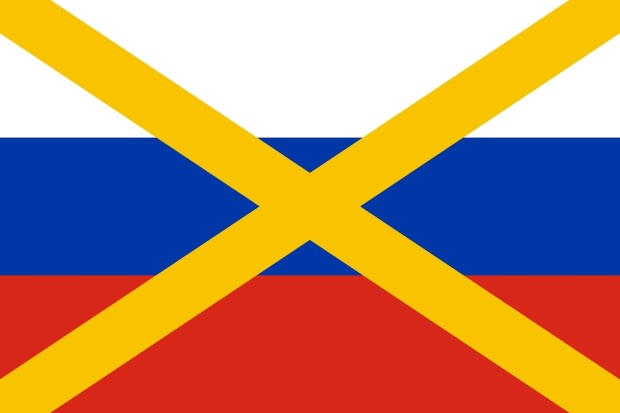Sitting in the Horn of Africa, Djibouti is a small yet strategically important country, controlling access to the Red Sea and the Indian Ocean. You could be forgiven for not knowing much about the place, but it’s currently home to overseas bases of the USA, China, France and Japan; that might give you an indication of its importance. But if you were feeling adventurous and wandered off the beaten path in the Tadjourah region, you might find the deserted scatterings of an old Egyptian fort called Sagallo; it won’t show up on any modern maps, but for a brief moment in 1889, it represented Russia’s sole attempt at establishing an African outpost.

Sagallo as it looks today.
Russia had never been particularly effective at overseas colonisation; Alaska was sold off, Fort Ross was abandoned, and the Hawaiian affair was a shambles. It stuck to what it was good at, which was looking after its borders. Even in 1889, in the midst of the ‘Scramble for Africa’, Russia had no part in the partition of the continent. Well…almost no part. Enter Nikolai Ivanovitch Achinov, a wandering Cossack with dreams far bigger than his abilities. And it was his endeavours which would drive this story.

A picture of Achinov.
But first, a little background; what we now call Djibouti was at the time part of French Somaliland, and located next to one of the only African nations to remain independent at that time – Ethiopia. Italy was casting its eye over Ethiopia, whereas Russia felt some affinity for the country, seeing as the population were Orthodox Christians. Tie in Russian businessmen looking for opportunities in the region, and you find the ingredients of this story.
Achinov had been frustrated in finding a place to call home for himself and his followers, but became tantalised during a chance encounter with some Circassians, who told great stories of an Orthodox paradise in Ethiopia. He quickly swindled some money out of British agents, and set out on a voyage. Arriving in Ethiopia, he met with a local chieftain by the name of Alula, and attempted to persuade him that he had the ear of the Tsar. Although he was not fully successful in persuading the Emperor Johannes IV, his dreams began to grow; just as Yermak Timofeevich had laid Siberia at the feet of Ivan V, so Achinov dreamed of laying Ethiopia at the feet of Alexander III. A period of scheming began, and not just by Achinov; the inner politics of the Russian elite came into play, with some tacitly supporting Achinov in his quest, and others trying to frustrate him at every turn. Word went as far as the Tsar, who let it all unfold on the off chance that something came of it. The French kept a cautious eye on things, the Italians grew unhappy, and the British supported their fellow colonisers.
Fast forward to 1888, and Achinov was just about set. His plan was to provide weapons and ammunition to Johannes, and further carry out a religious mission. The latter was tolerable for the French, but the former was beyond the pale for the Italians. The French told Achinov that he could cross their territory for a religious mission, but arms sales were off the table. Achinov set sail from Odessa to the cheers of 20,000 believers, who willed the flag and the faith to Africa. Stopping off at Port Said, reports were numerous on the profligacy and debased behaviour of the expedition, with funds tossed away on drinking and gambling. As they moved on towards Tadjourah, an Italian war-ship shadowed them most of the way; the crew almost mutinied when Achinov refused to try and ram the Italian ship. Finally landing at Tadjourah, the group were received by a group of Ethiopian priests, and they quickly moved on towards Sagallo to rehabilitate the old fort. The flag of ‘New Moscow’ was raised for all to see.

The flag of ‘New Moscow’
However, the debased behaviour continued, and his group of over 150 were soon harassing and stealing from locals. Achinov had to pay a compensation fee to local groups to avoid more trouble. By now, the French were aware that the Cossacks hadn’t continued towards Ethiopia and sent a protest. Achinov replied that he had obtained the sovereign rights to Sagallo, and would answer only to the Tsar. The Italians were furious. Soon enough the group couldn’t live with each other, and a number of them deserted and surrendered to the French authorities. The French started asking for an official response from the Tsar, who, sensing the embarrassment had already become intolerable, wiped his hands of Achinov and told the French his government had nothing to do with them.
The French swiftly sent ships to the area, and when Achinov refused to surrender, they sent a volley of artillery into the fort. Several were killed and over twenty were wounded. A shambolic surrender was made without any attempt to defend the fort, and the flag was lowered; with its lowering, so died the dream of a Russian presence in Africa. The double-headed eagle would never again fly over African soil, and the Russian legacy was confined to five graves in the barren sand of the Somali coast.
Links
http://www.jstor.org/stable/127436 (Article)
https://www.rferl.org/a/africa-sagallo-russian-colony/26934711.html (Pictures)
https://en.wikipedia.org/wiki/Sagallo (Summary)
